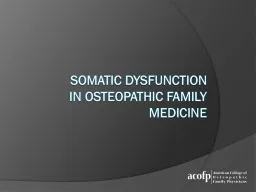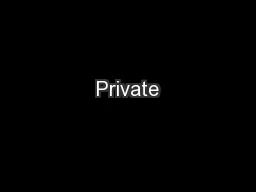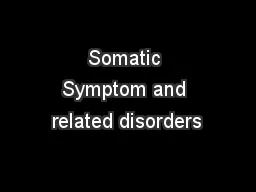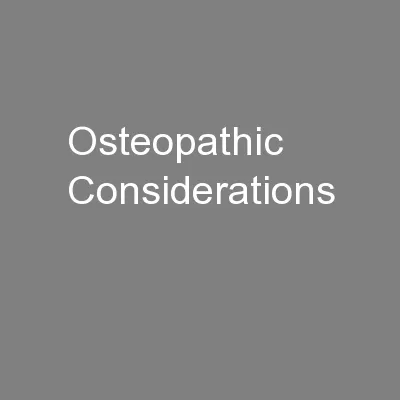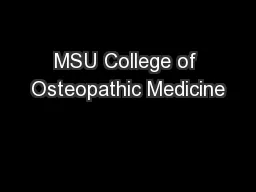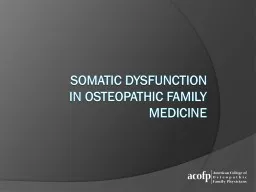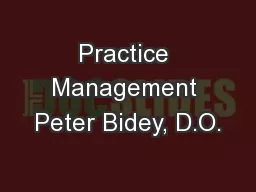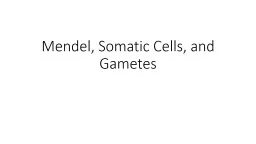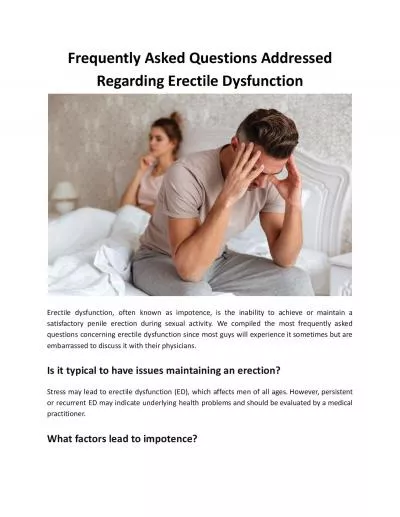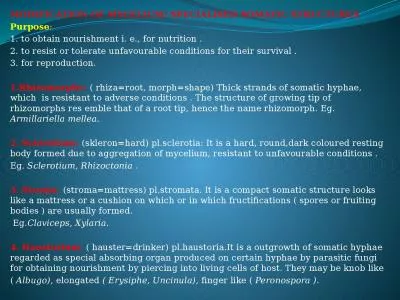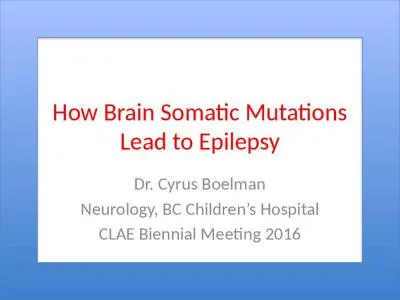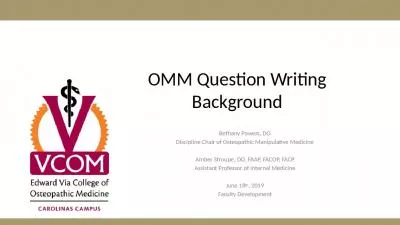PPT-Somatic Dysfunction in Osteopathic Family Medicine
Author : emily | Published Date : 2021-12-08
Patient Empowerment Chapter 1 This presentation is intended to augment the didactic presentation of Chapter 1 Patient Empowerment By James L Laub MS DO MPH
Presentation Embed Code
Download Presentation
Download Presentation The PPT/PDF document "Somatic Dysfunction in Osteopathic Famil..." is the property of its rightful owner. Permission is granted to download and print the materials on this website for personal, non-commercial use only, and to display it on your personal computer provided you do not modify the materials and that you retain all copyright notices contained in the materials. By downloading content from our website, you accept the terms of this agreement.
Somatic Dysfunction in Osteopathic Family Medicine: Transcript
Download Rules Of Document
"Somatic Dysfunction in Osteopathic Family Medicine"The content belongs to its owner. You may download and print it for personal use, without modification, and keep all copyright notices. By downloading, you agree to these terms.
Related Documents

